Anal Dysplasia
What is anal dysplasia
Anal dysplasia refers to abnormal changes in the cells lining the anus. These changes are not cancerous but can potentially progress to cancer if left untreated. It is categorised into either low grade (LSIL) or high grade (HSIL). LSIL does not turn into cancer but HSIL is a precancerous condition that can develop into an anal cancer.
HPV connection
Similar to anal cancer, anal dysplasia is almost always caused by HPV infection.
Symptoms
Anal dysplasia often has no associated symptoms until it has advanced to anal cancer. These symptoms when occur may include:
- Bleeding from the anus
- A growth in the anus
- Anal itch
- Mucus discharge from the anus
- Pain in the area of the anus
Early Detection is Key
Regular assessment and awareness of risk factors are crucial for early detection of both anal dysplasia and anal cancer. Early intervention for anal dysplasia can significantly reduce the risk of developing anal cancer.
Treatment options
Depending on the severity of dysplasia, treatment options might include:
- Active surveillance: Regular monitoring to track any changes
- Topical 5% Imiquimod (Aldara) or 5% 5FU cream
- Removal of abnormal cells via surgery
Prevention
- Getting vaccination against HPV
- Using a condom
- Limiting the number of sex partners
- Stop smoking
Who should be screened for anal dysplasia?
- People with HIV
- People who have regular anal sex
- People with a history of anal warts
- People who have had other HPV related cancers
- People who are immuno-suppressed by certain disease or by medications
Further Reading
https://www.cancer.org.au/cancer-information/types-of-cancer/anal-cancer

